A couple more sub panel questions
BradleySmall
12 years ago
Related Stories
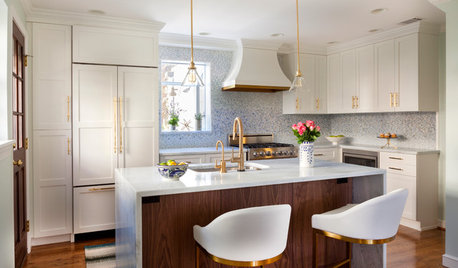
KITCHEN DESIGNCouple Renovates to Spend More Time in the Kitchen
Artistic mosaic tile, custom cabinetry and a thoughtful layout make the most of this modest-size room
Full Story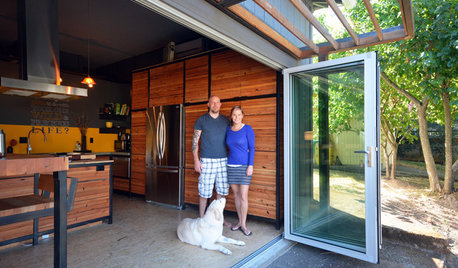
MY HOUZZHouzz TV: A Couple’s Garage Becomes Their Chic New Home
Portland, Oregon, homeowners find freedom in a city-approved garage home with DIY industrial flair
Full Story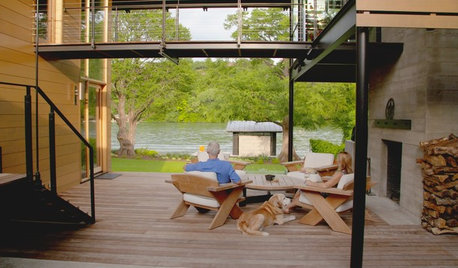
MODERN ARCHITECTUREHouzz TV: This Amazing Lake House Made a Couple’s Dream Come True
Step inside a dream home on Lake Austin, where architecture celebrating gorgeous views has a striking beauty of its own
Full Story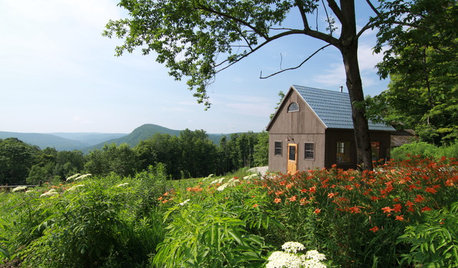
CABINSRoom of the Day: Timber-Frame Cabin Inspires Couple’s Creative Pursuits
This work studio, built in a simple vernacular architectural style, sits near a couple's rural home in the Berkshire mountains
Full Story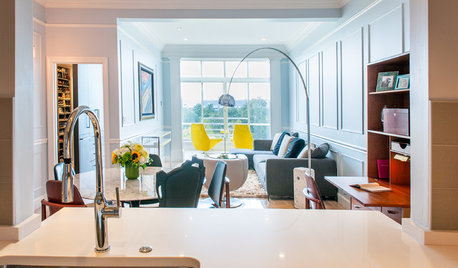
DECORATING GUIDESHouzz Tour: Couple Pares Down and Pumps Up the Style
A big transition from a large suburban house to a 1,200-square-foot urban condo is eased by good design
Full Story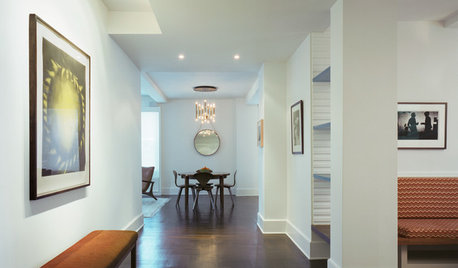
APARTMENTSHouzz Tour: Mod Remakes for a Silver-Screen Couple
Gutting a prewar Manhattan apartment sets the stage for a screening room addition, a kitchen makeover and much more
Full Story
REMODELING GUIDESConsidering a Fixer-Upper? 15 Questions to Ask First
Learn about the hidden costs and treasures of older homes to avoid budget surprises and accidentally tossing valuable features
Full Story
KITCHEN DESIGN9 Questions to Ask When Planning a Kitchen Pantry
Avoid blunders and get the storage space and layout you need by asking these questions before you begin
Full Story
GREEN DECORATING8 Questions to Help You See Through Green Hype
With the ecofriendly bandwagon picking up some dubious passengers, here's how to tell truly green products and services from the imposters
Full Story
CURB APPEAL7 Questions to Help You Pick the Right Front-Yard Fence
Get over the hurdle of choosing a fence design by considering your needs, your home’s architecture and more
Full StoryMore Discussions








brickeyee
BradleySmallOriginal Author
Related Professionals
Arkansas City General Contractors · Augusta General Contractors · DeRidder General Contractors · Marysville General Contractors · Newington General Contractors · Perrysburg General Contractors · Point Pleasant General Contractors · Seabrook General Contractors · Seal Beach General Contractors · Tabernacle General Contractors · Hanover Home Automation & Home Media · Highland Park Home Automation & Home Media · Hull Home Automation & Home Media · Pittsburgh Home Automation & Home Media · Plantation Home Automation & Home MediaRon Natalie
BradleySmallOriginal Author
brickeyee
linesman
BradleySmallOriginal Author
Ron Natalie
BradleySmallOriginal Author
BradleySmallOriginal Author
samneric
BradleySmallOriginal Author
weedmeister
Ron Natalie
BradleySmallOriginal Author
Ron Natalie
brickeyee
BradleySmallOriginal Author
brickeyee
BradleySmallOriginal Author
brickeyee
weedmeister
Ron Natalie
BradleySmallOriginal Author
Ron Natalie
BradleySmallOriginal Author
BradleySmallOriginal Author
John Liu